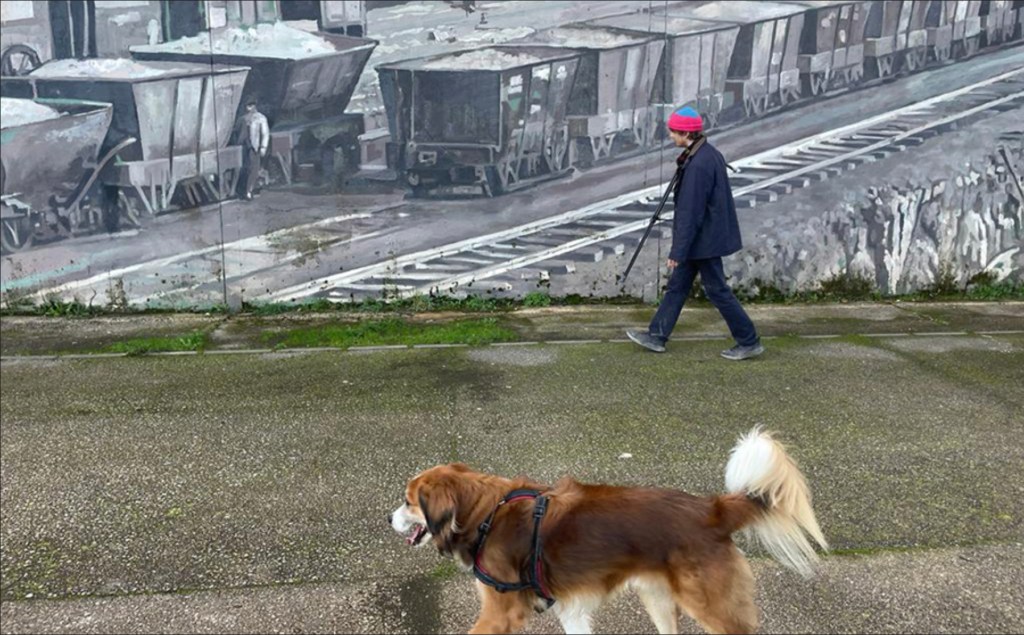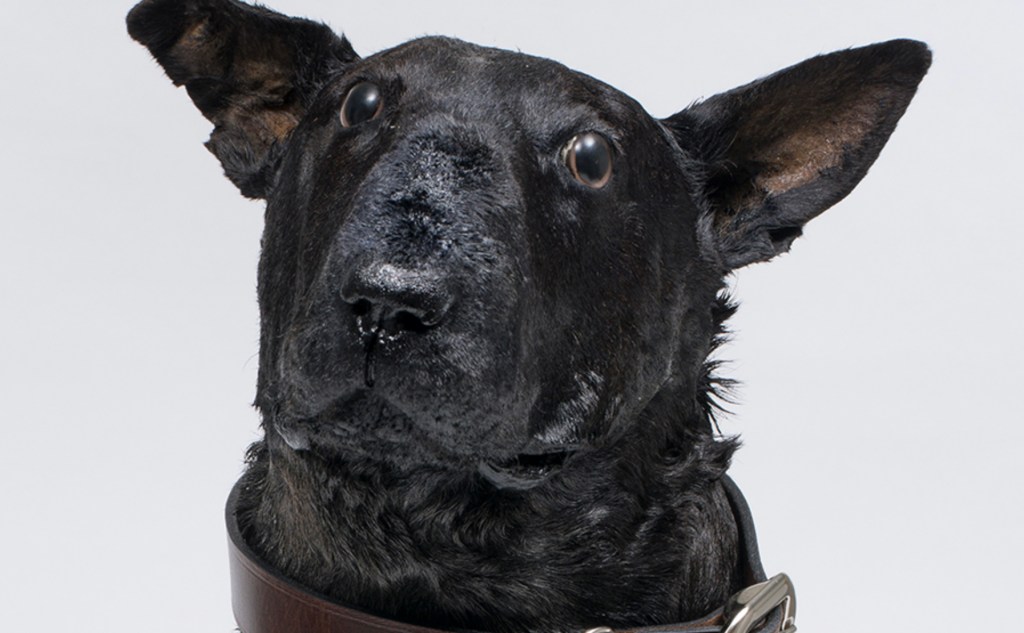Studying abroad as a creative practitioner is often limiting for Australian artists, due to high institutional fees putting it beyond reach. And yet, study and travel can be one of the greatest career trajectories afforded to an artist.
Arguably one of the most desired – and most rewarding – opportunities for a visual artist based in Australia, is the Anne & Gordon Samstag International Visual Arts Scholarship.
Anna Zagala, Samstag Associate Curator, explains: ‘It was established in 1991, so we’ve been sending scholars overseas since 1993. [This means there are] 148 artists who have had the opportunity, and that would not have been possible without the generous bequest of the Samstags.
She continues: ‘The scholarship has really built the careers of so many national artists. It feels like it’s shaped a generation of Australian artists, or two generations, now over those 30 years. It’s had an indelible influence on contemporary Australian art practice.’
The scholarships provide several artists each year with institutional fees for one academic year of study and a $70,000 tax free allowance, as well as covering travel expenses for attendance at a leading international art school of their choice.
‘That generosity of the scholarships is so the key,’ Zagala tells ArtsHub. ‘Regardless of what the institutional fee is, the scholarship covers it – so it’s not capped – which is an important point of difference, because those fees can vary greatly, and some are extremely expensive.
‘And then, on top of that one year of academic study, you’ve got this $70,000 tax free allowance, which means that they have a reasonable standard of living. So, there isn’t a worry about meeting living expenses and they can concentrate on learning.’
Zagala adds that the scholarships also offer the recipient the opportunity to travel while they are abroad. A great example is 2001 scholarship recipient Archie Moore (Kamilaroi/Bigambul), who travelled to Venice to see the Biennale from his base in Prague. Twenty-three years later, that Samstag legacy is solid, as Moore is the Australian representative in the 2024 Venice Biennale.
Zagala continues, ‘That allowance means that they can visit the big shows and big collections and exhibiting institutions in countries nearby as well. I know for many scholars, that’s a huge draw card, to be able to create your own itinerary.’

Tips on cracking a Samstag Scholarship
Zagala says that, while the global financial crisis has compressed the number of scholarships offered each year, today an average of two scholarships are awarded to national applicants, and one is always awarded to a South Australian artist.
To be in the running, she recommends applicants ‘have a clear sense of what you’re looking for’.
‘Put together a really strong portfolio where your documentation is well-crafted and well-considered, in that it follows the guidelines, that images are professionally taken and the credits correspond to the images,’ she says. ‘It is this level of professionalism that we are looking for, and that an applicant has really considered what they’re presenting.’
One surprising factor is that it’s not necessary to have your study abroad locked in when applying. ‘While it’s really good to have a sense of where you may go, if you’re awarded a scholarship there’s room for you to investigate other options, and perhaps settle on somewhere else,’ explains Zagala.
She adds that writing an application that ‘is clear, direct, engaging and personable is key – to give a sense of the person’.
‘Having reviewed many of these, I’m really struck by how varied they are,’ she says. ‘There’s really no template for it. But a sense of the voice of the artist needs to be present – and sincerity and a clarity about what’s important to them needs to really shine through.’
Life-changing opportunity
Zagala says that, having read many of the post-scholarship reports, the common thread is how life-changing they are. ‘It’s not just an educational opportunity. For some artists, it’s been redefining – they’ve fallen in love, it may have been the first time they’ve travelled abroad, they may be recent empty nesters, and they may then relocate overseas after the experience. For many, it can be a major life transition – it’s one year of study and career-defining but, actually, it’s really life-changing.’
Moore is a great example of this aspect too. He was offered the opportunity just out of art school, when he was dishwashing to make ends meet. Following the global unveiling of his work for the Venice Biennale, he will return to Adelaide to present a new moving image work for an exhibition at Samstag in partnership with the Adelaide Film Festival in 2024, a legacy seated in that career catapult that his Samstag scholarship offered.
How to apply
The 2025 Anne & Gordon Samstag International Visual Arts Scholarships are now open for applications. To read the full guidelines.
The scholarships are open to artists over 18 years of age, who are Australian citizens or have permanent resident status in Australia.
To be eligible, you must be a student who is currently enrolled in a practice-led visual arts program, have successfully completed at least two years of an undergraduate or postgraduate degree, or be a graduate of a practice-led visual art undergraduate degree or postgraduate qualification at an Australian institution of higher education.
Zagala concludes: ‘We’ve had students go to Glasgow School of Art, California College of the Arts, Berlin University, the Slade School of Art and Goldsmiths in London and Parsons School of Design in New York. And Archie Moore went to the Academy of Fine Arts – so it’s varied. It’s really just about what feels like the right place and context for them to develop their practice.’
Applications close: 30 June 2024.





